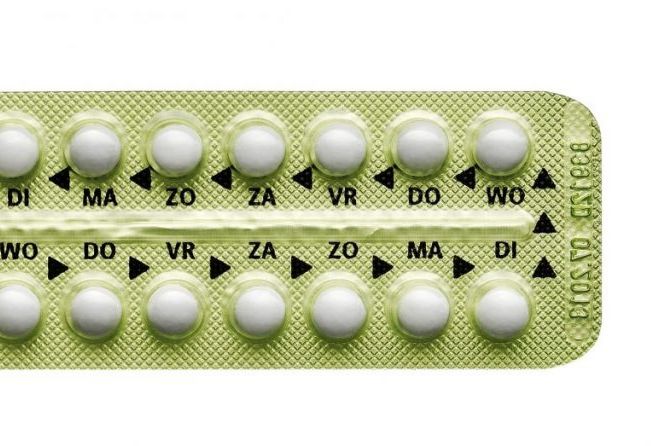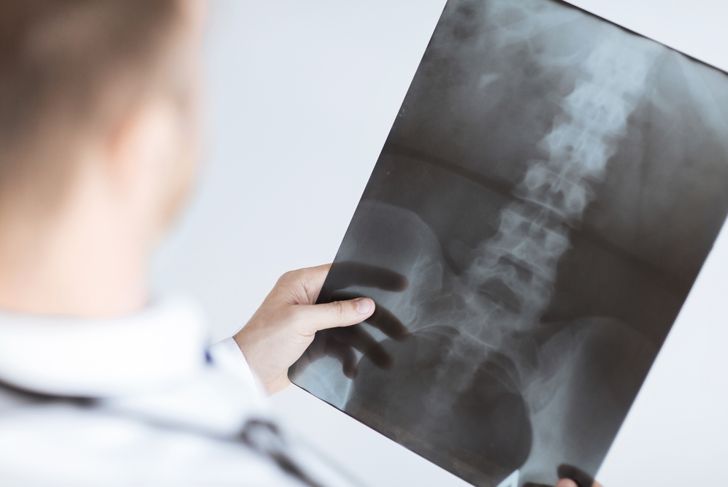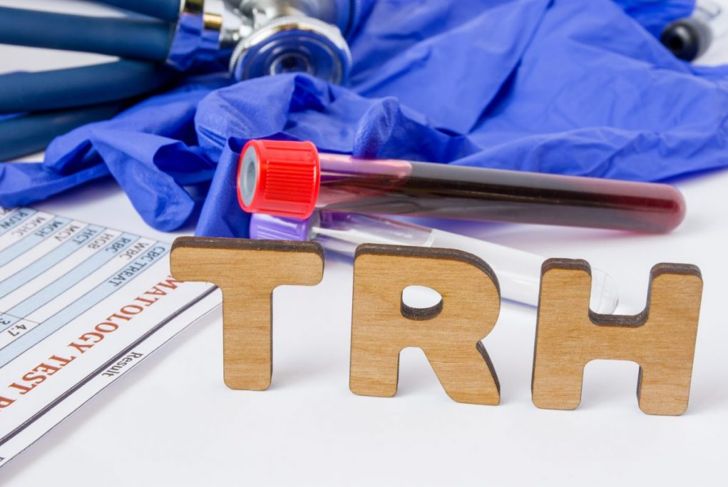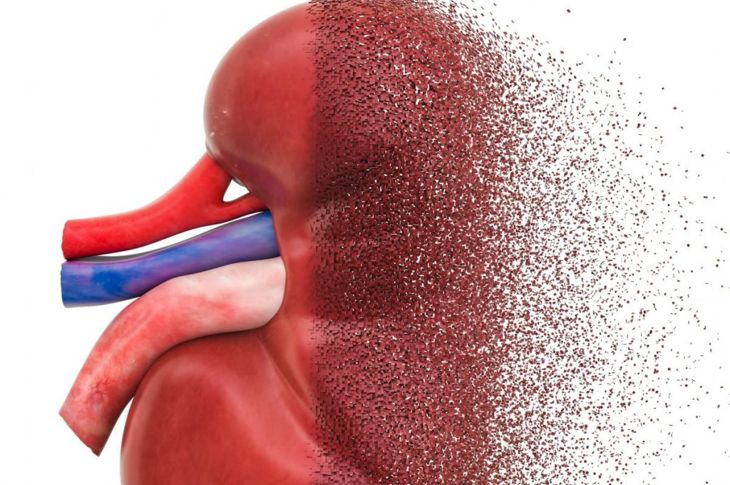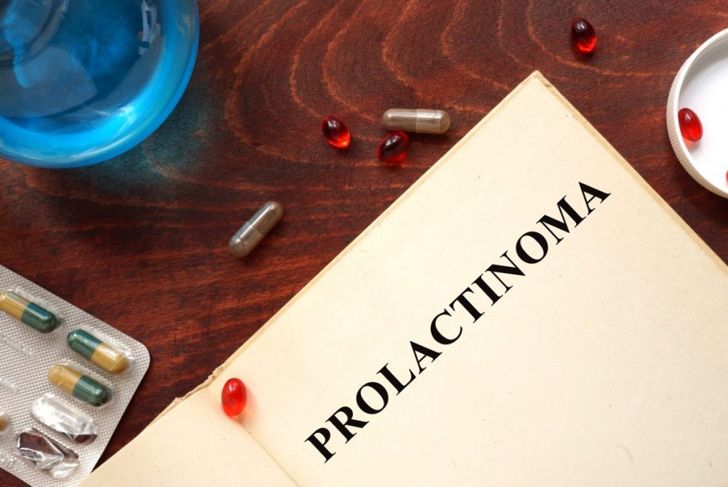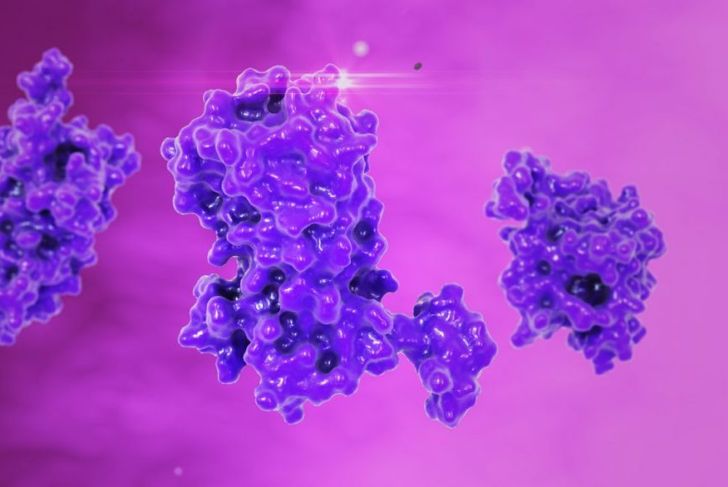Lactation and breastfeeding are normal parts of the pregnancy experience. However, milky nipple discharge that occurs outside of that process can be confusing and frustrating. Galactorrhea is not a disease but an unusual condition that can affect anyone at any time. For some, there is no known cause and it eventually clears up on its own. In other cases, galactorrhea is an indicator of a more serious underlying condition.
Excessive Breast Stimulation
Prolactin is a hormone that stimulates milk production. It is produced by the pituitary gland and facilitates an infant’s suckling process after birth. If the new mother purposely agitates her breasts to draw the milk down, this excessive stimulation can cause leaking. Rough fabrics, self-examination, and sex can also lead to galactorrhea.
Fennel Seed Extract
Some foods are considered galactagogues — foods that induce breast milk production. Their classification as such could be because they contain anethole, a phytoestrogen. Anise, fenugreek seed, and fennel are known galactagogues. They are often found in natural medicines for inflammation, pain, and menstrual relief. Research has also shown that fennel seed extract can increase prolactin levels in the blood, leading to increased lactation.
Birth Control Pills
Along with producing milk, prolactin in women regulates the menstrual cycle. During pregnancy, estrogen inhibits the prolactin inhibitory factor, leading to increased prolactin levels. This prepares the body for breastfeeding. When women start using oral contraceptives, the pills can mimic this process and lead to a rise in both estrogen and prolactin.
Galactorrhea in Men
In men, prolactin helps regulate sperm production. Men with hypogonadism don’t produce enough testosterone and may also have problems producing sperm. Testosterone deficiency, which can include erectile dysfunction, enlarged breasts, and gynecomastia or tenderness in the breasts, are associated signs of male lactation. Galactorrhea in men is rare, occurring in less than six percent of 250 cases.
Neonatal Galactorrhea
“Witch’s milk” is an old folk term for neonatal galactorrhea, which occurs when hormones from the mother‘s bloodstream transfer to the baby, causing the newborn’s nipples to swell and leak. This common condition should disappear within the first month. When it does occur, doctors caution against squeezing or massaging the baby’s breast tissue, as this can cause infection.
Spinal Cord Injuries
Spinal cord injuries can cause a host of complications, including amenorrhea in women. A study showed that women with thoracic paraplegia — damage between the T1 and L5 vertebrae that results in paralysis from the waist down — develop galactorrhea. Researchers theorize that the injury represses the prolactin inhibitory factor secreted by the hypothalamus, causing increased prolactin levels. Another explanation is that certain medications that treat this type of neurogenic condition may also cause hyperprolactinemia, high levels of prolactin.
Thyroid Disorders
Thyroid problems may result in galactorrhea in a few ways. Thyrotoxicosis is the production of excess thyroid hormone brought on by hyperthyroidism. The increased levels of thyroid-stimulating hormone, TSH, produced by the pituitary gland can increase prolactin levels. In the case of hypothyroidism, increased thyrotropin-releasing hormone, TRH, produced by the hypothalamus to control the secretion of TSH, may also stimulate prolactin release.
Shidlovski / Getty Images
Chronic Kidney Disease
Chronic kidney disease or chronic renal failure, is a gradual loss of kidney function over time, resulting in the organ’s inability to properly clean the blood. Hyperprolactinemia is a common symptom of CKD, occurring in almost one-third of those with the disease. When the kidneys cannot clear the blood of urea, a toxin the body creates during the metabolic process, dopamine production is inhibited, leading to an increase in prolactin secretion.
Prolactinoma
A prolactinoma is a tumor on the pituitary gland that can produce prolactin levels so high that galactorrhea develops. Under normal circumstances, prolactin levels are 20 nanograms per milliliter at most. Prolactinomas are silent until they present with secondary symptoms such as hormonal imbalances, headaches, or vision loss, but blood tests will show prolactin serum levels that range from 30 to 300 ng/ml or higher. Prolactinomas are rare and radiotherapy and surgery can treat them.
Breast Cancer and Prolactin
Breast cancer research shows a potential link between prolactin levels and increased risk of the disease. Studies indicate that hormone replacement therapy, HRT, in menopausal women stimulates prolactin production. Researchers are investigating the growing correlation between high levels of prolactin in the blood of postmenopausal women who are on HRT and the increased risk of breast cancer.

 Home
Home Health
Health Diet & Nutrition
Diet & Nutrition Living Well
Living Well More
More

